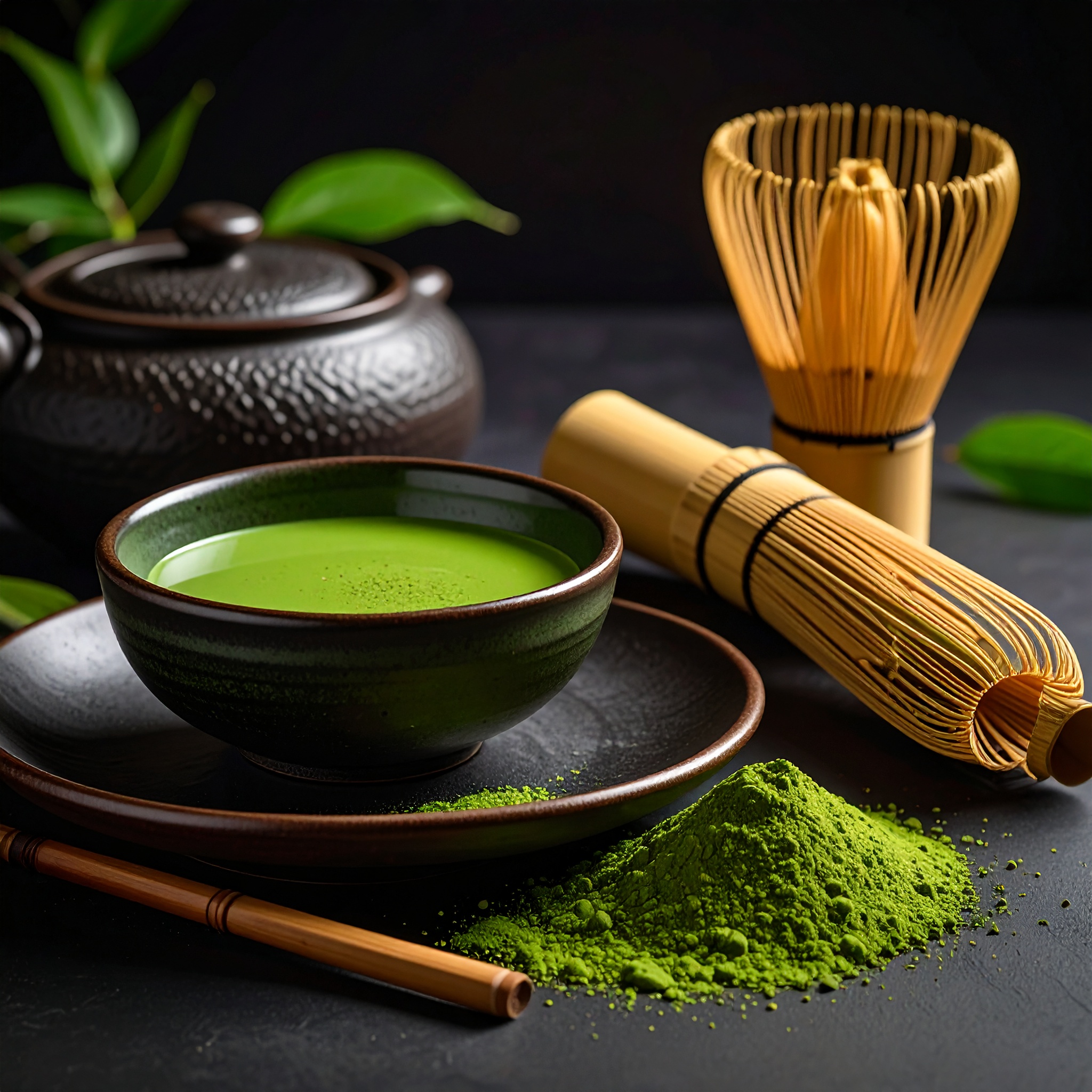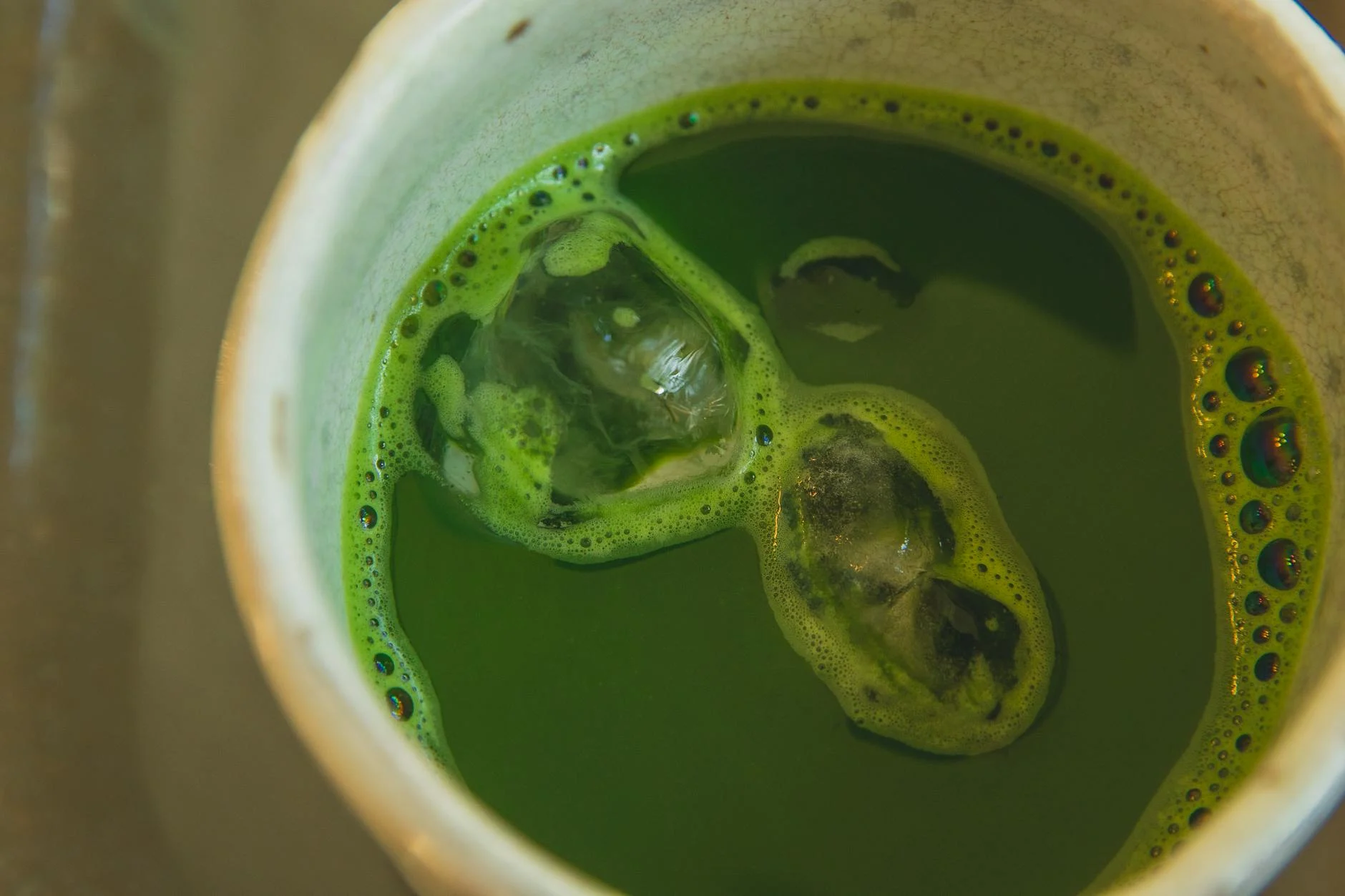Amid the global café boom, a distinctive new trend has emerged in Japan—elegantly designed Japanese tea cafés that place matcha, sencha, hojicha, and genmaicha at the forefront. These time-honored tea varieties are being rediscovered in refined yet casual environments, resonating with a new generation of sophisticated clientele.
Historically, Japanese tea evoked images of quiet tatami rooms and leisurely rituals favored by the older generation. Today, however, this perception is undergoing a thoughtful transformation. Sparked in part by the international matcha trend, Japan’s younger generation is embracing tea culture in fresh, contemporary ways. This has led to the rise of concept cafés that merge tradition with modern aesthetics.
Among the most iconic offerings are matcha lattes and Japanese tea-inspired desserts. With their vivid green hue, matcha lattes have become symbols of Tokyo’s evolving café culture. Recently, intricate Japanese latte art has gained popularity—featuring motifs inspired by leaves, traditional patterns, and even ukiyo-e woodblock prints.
Yet, this Japanese-style latte art is far more than a decorative flourish. It represents a contemporary interpretation of the spirit of Japanese tea—capturing harmony with nature, tranquility, and beauty within a single cup. Unlike espresso-based lattes, crafting a balanced tea latte requires a deep understanding of ingredients such as milk, matcha, and hojicha powder. The process demands not only technical barista skill but also a refined sensitivity to the essence of tea itself.

These contemporary tea salons offer more than just beverages—they curate a holistic and immersive experience. Every element, down to the tactile quality of the teacups, the weight in hand, and the thickness of the rim, is meticulously considered. Watching matcha being whisked across the counter is a performance in itself—equal parts aesthetic ritual and quiet education—drawing guests into the intimate rhythm of tea preparation.
Beyond matcha, other varieties of Japanese tea are also being innovatively reimagined. Hojicha lattes highlight roasted, nutty notes; genmaicha frappés offer a refreshing twist; and Japanese black tea (wakōcha) forms the base of elegantly crafted tea sodas. Each creation pays homage to the intrinsic character of the leaves while enhancing visual appeal and contemporary palatability.
In particular, the recent rise of plant-based alternatives has introduced a new dimension to the menu. Vegan-friendly lattes made with almond or oat milk deliver a gentle, health-conscious flavor profile that resonates with both domestic and international guests who value wellness and mindful consumption.
What truly sets Japanese tea cafés apart is their dedication not only to the beverage, but to the environment in which it is enjoyed. Interiors are thoughtfully composed using natural materials such as wood and stone, accompanied by gentle ambient music and seasonal décor that echoes the passage of time. This spatial design is a deliberate extension of the tea’s inherent spirituality, offering a tranquil retreat—an urban sanctuary that invites guests to momentarily disconnect from the bustle of modern life.
For international visitors, these cafés have become sought-after destinations. While many are intrigued by traditional Japanese culture, the formal tea ceremony can feel intimidating or inaccessible. The café format offers a welcoming, approachable alternative—one that maintains a high level of authenticity and sensory refinement. Increasingly, these establishments offer English-friendly menus and staff, further enhancing their role as global gathering spaces for tea enthusiasts.

An increasing number of Japanese tea cafés now feature interactive workshops, allowing guests to engage directly with the craft. From selecting tea leaves and grinding matcha with a traditional stone mill to creating custom blend teas or trying their hand at Japanese-style latte art, these participatory experiences provide an accessible and memorable entry into Japan’s rich tea culture.
These initiatives serve not only as cultural touchpoints, but also as catalysts for revitalization. At a time when the tea industry faces challenges such as an aging population and a decline in tea farmers, the infusion of youthful energy and international interest is generating new markets and value. By merging traditional ingredients with modern aesthetics, innovative service, and design, Japanese tea is taking root once again in contemporary daily life.
Japanese latte art is no longer a fleeting trend. It embodies Japan’s timeless aesthetic sensibilities—both old and new—distilled into a single cup. Each creation speaks to a deeper cultural narrative, attracting a growing audience from around the world.
These cafés represent more than a culinary destination; they are tranquil enclaves where the serenity of a tea room converges with the creativity of the modern age. As they continue to evolve quietly yet purposefully, Japanese tea cafés are shaping a new chapter in the legacy of tea culture.




